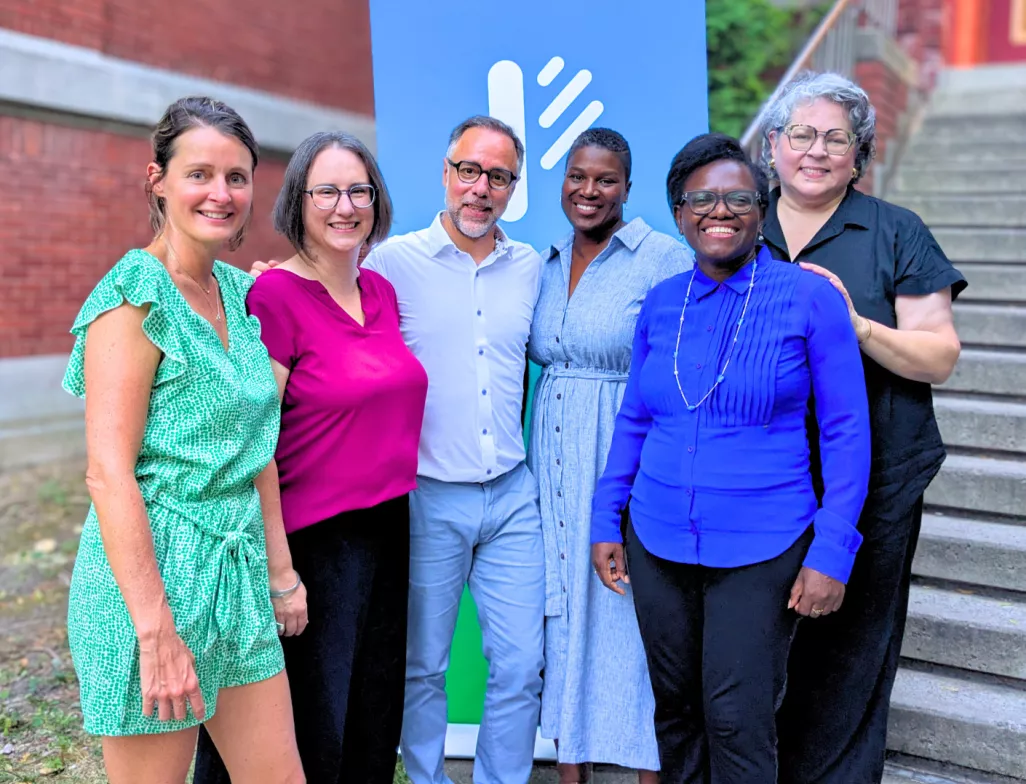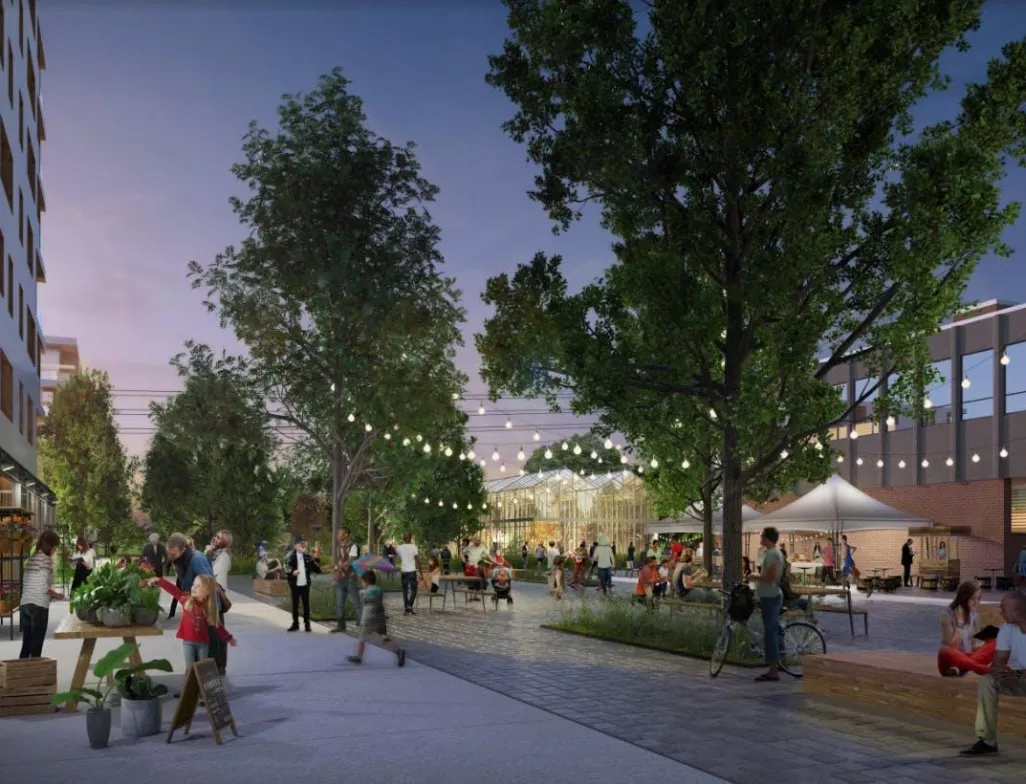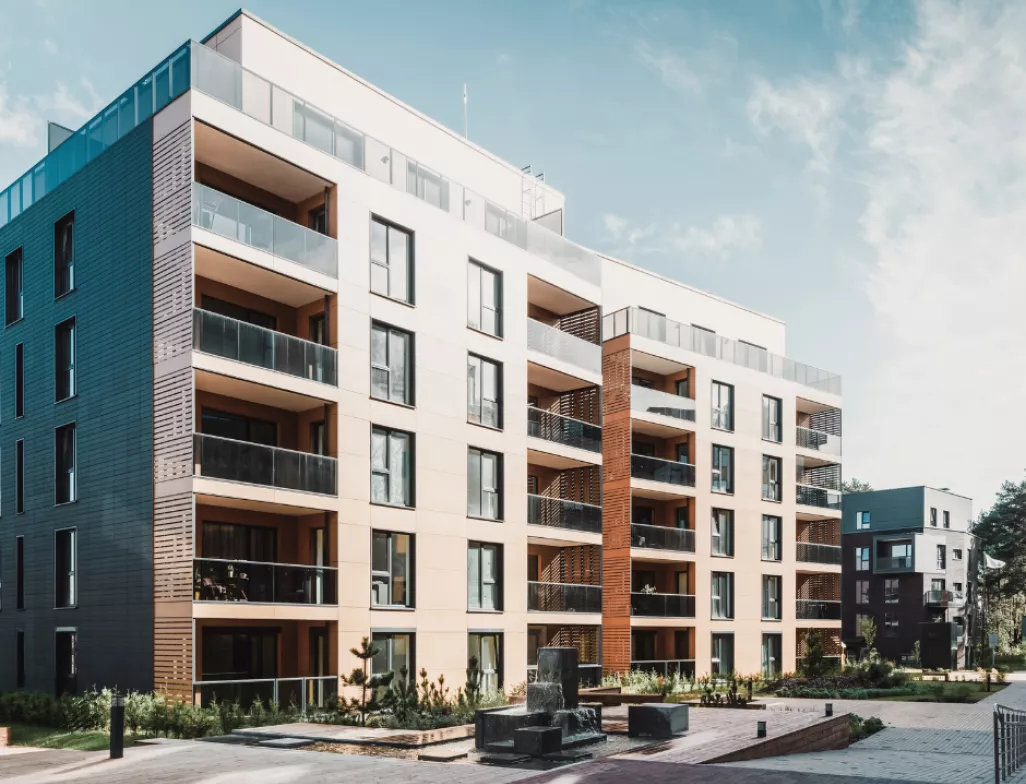
Ahuntsic-Cartierville
Ahuntsic-Cartierville is a borough that combines quality of life, proximity to nature and cultural vitality. The Rivière des Prairies, 80 parks, public buildings and redesigned streets make it possible to experience sustainable mobility and ecological transition on a daily basis. Rich in cultural and social diversity, its population embodies inclusion and the strength of living together. Its dynamic shopping streets, family-friendly neighborhoods with numerous activities and employment hubs make it a complete and lively borough. Projet Montréal sees it as an inspiring place: human-scale, green and lively, where equity, citizen participation and quality services guide the collective future.
Caroline Perron

Our commitments
01. Vibrant neighborhoods
More off-market housing, park entertainment, and support for the local economy.
02. Resilient city
More parks, sponge streets and alleys, planted trees and micro-forests for a sustainable and resilient Montreal.
03. Enhanced services
Quality services, including a new synthetic soccer field.
04. Safe mobility
Traffic-calmed streets, lively school streets and safe bike paths in all our neighborhoods.
05. Cleanliness
Renovation of parks, riverside promenade and enhancement of Fort Lorette.
━━━━━━━━━━━━━━━━━━━━━━━━━━━━━━━━━━
Inclusive and Complete Neighborhoods
Expand housing creation, focusing on non-market housing, so that more people can have access to a decent, affordable home.
Build the Louvain Eco-District: support the construction of 1,000 non-market housing units, while integrating a school, a community center, local businesses, an urban agriculture hub, a food hub, and a park to enrich community life.
Guide the redevelopment of the Bois-Franc REM station area and support its transformation into a complete neighborhood.
Deliver by 2027 the Cœur-Nomade library and cultural space, a vibrant hub dedicated to reading, learning, and cultural activities for residents of eastern Sault-au-Récollet.
Offer a diverse cultural program, in partnership with artists and organizations, in key venues: libraries, Cœur-Nomade, the Cartierville Community and Cultural Center, the Ahuntsic Maison de la Culture, and local parks.
Support initiatives that foster intergenerational and intercultural exchanges, from doorstep activities to large collective events:
Facilitate access to public spaces and facilities for local projects.
Support and accompany community organizations leading initiatives.
Create synergies between schools, associations, and community groups.
Increase visibility and recognition of local projects and their positive contributions.
Strengthen neighborhood safety through citizen collaboration and initiatives such as EMMIS (Mobile Mediation and Social Intervention Team).
Rising to the Climate Emergency
Plant over 1,000 trees each year, targeting urban heat islands and developing micro-forests to foster biodiversity.
Design “sponge” spaces—parks, alleys, sidewalks—to capture rainwater, modernize drainage in flood-prone areas, and adapt zoning regulations to boost climate resilience.
Accelerate urban agriculture and food sovereignty in Ahuntsic-Cartierville, supporting short supply chains and capitalizing on its role as the heart of urban agriculture in Montréal.
Revitalized, Accessible, and Vibrant Parks and Green Spaces
Improve pedestrian access to the waterfront by connecting Louis-Hébert Park to the Île-de-la-Visitation nature park and enhancing the Fort-Lorette site:
A continuous, safe pedestrian path between the two parks.
A historical mediation space and relaxation area with river views at Fort-Lorette.
Revitalize parks with the community, following the Parks and Green Spaces Master Plan, including: Louis-Hébert, Tour-du-Chapeau, Saint-Alphonse, De Bordeaux, Louisbourg, St-Benoît, Saint-André-Apôtre, Lomer-Gouin, Berthe-Louard, De Mésy, and Rosanne-Laflamme.
Build a new synthetic soccer field to provide young people and the sporting community with modern, accessible facilities.
Safe, Peaceful, and Lively Neighborhoods
Make our streets more people-friendly and safe, especially for pedestrians, children, and seniors:
Install speed displays to remind drivers in real time.
Implement traffic calming in local streets.
Add curb extensions (including light extensions) to shorten crossings.
Secure sensitive areas near schools, parks, and seniors’ residences.
Expand “school streets” that double as public spaces for the community.
Transform back alleys into welcoming, peaceful living spaces by reducing through-traffic.
Strengthen safety and connectivity for active transportation, especially in Bordeaux-Cartierville:
Develop a north-south cycling axis linking the REM to Sacré-Cœur Hospital.
Secure strategic intersections (Acadie/Henri-Bourassa, REM Du Ruisseau access).
Improve safety and continuity of bike lanes on Louisbourg, Dudemaine, O’Brien, and Gouin West.
Promote everyday cycling culture by supporting cycling education programs, community workshops, learning sites, bike racks, and secure bike shelters near parks, streets, and metro stations.
Supporting Local Businesses and Growing our Neighborhoods
Redevelop the Central District, Montréal’s 4th largest employment hub, with the SDC, fostering coexistence between residential areas and innovative activities, to make it an inclusive, dynamic, and creative neighborhood.
Make Fleury Street shine, the commercial heart of the borough, by supporting the three SDCs (FLO, Promenade Fleury, and Fleury Est):
Help SDCs access funding and grants from the City and PME Montréal.
Support local initiatives and activities.
Highlight commercial events and projects.
Strengthen collaboration between merchants and local stakeholders.
Support the ACCY and AgaGO to revitalize Lajeunesse Street and strengthen the vitality of Gouin West and Laurentien, including AgaGO’s transition into an SDC.
Simplifying Municipal Services, Building Together
Optimize cleanliness services and support citizen-led awareness initiatives:
Clear signage on cleanliness rules and environmental impacts.
Youth education and awareness on waste management.
Recognition and promotion of citizen initiatives for cleaner neighborhoods.
Cleanliness brigades with social reintegration programs for unhoused people, in partnership with local SDCs.
Improve the efficiency and accessibility of municipal services:
Reduce processing times for requests and permits.
Simplify access to information and services (online and in person).
Provide tools for residents to suggest improvements.
Introduce simple digital solutions to ease procedures.
Launch communication campaigns to help residents better use services.
Integrate ecological transition, flood resilience, and inclusion in all projects and activities.
Establish a citizens’ commission, enabling residents to share ideas, identify neighborhood needs, and actively contribute to shaping local projects.
Hold borough council meetings in neighborhoods and schools (high schools and CEGEPs) to bring democracy closer to the people.



